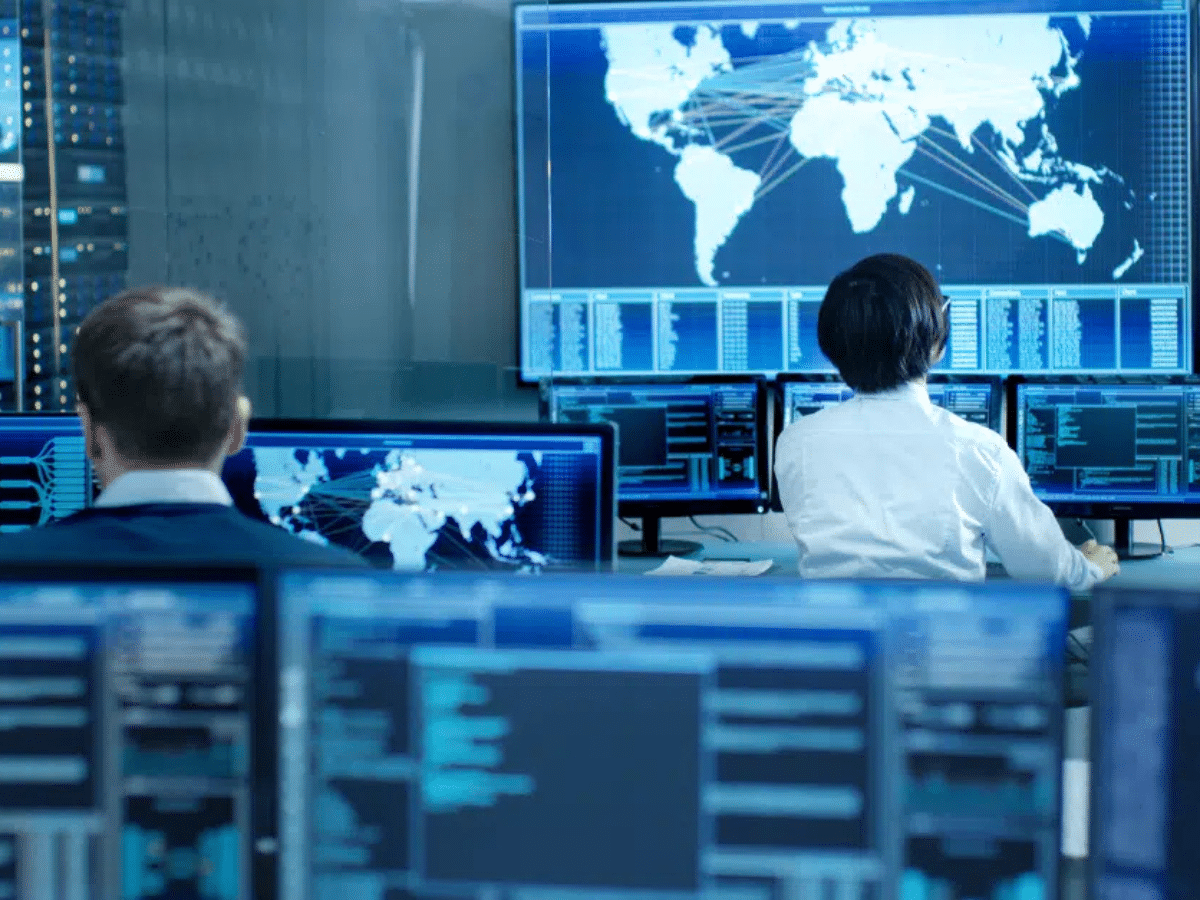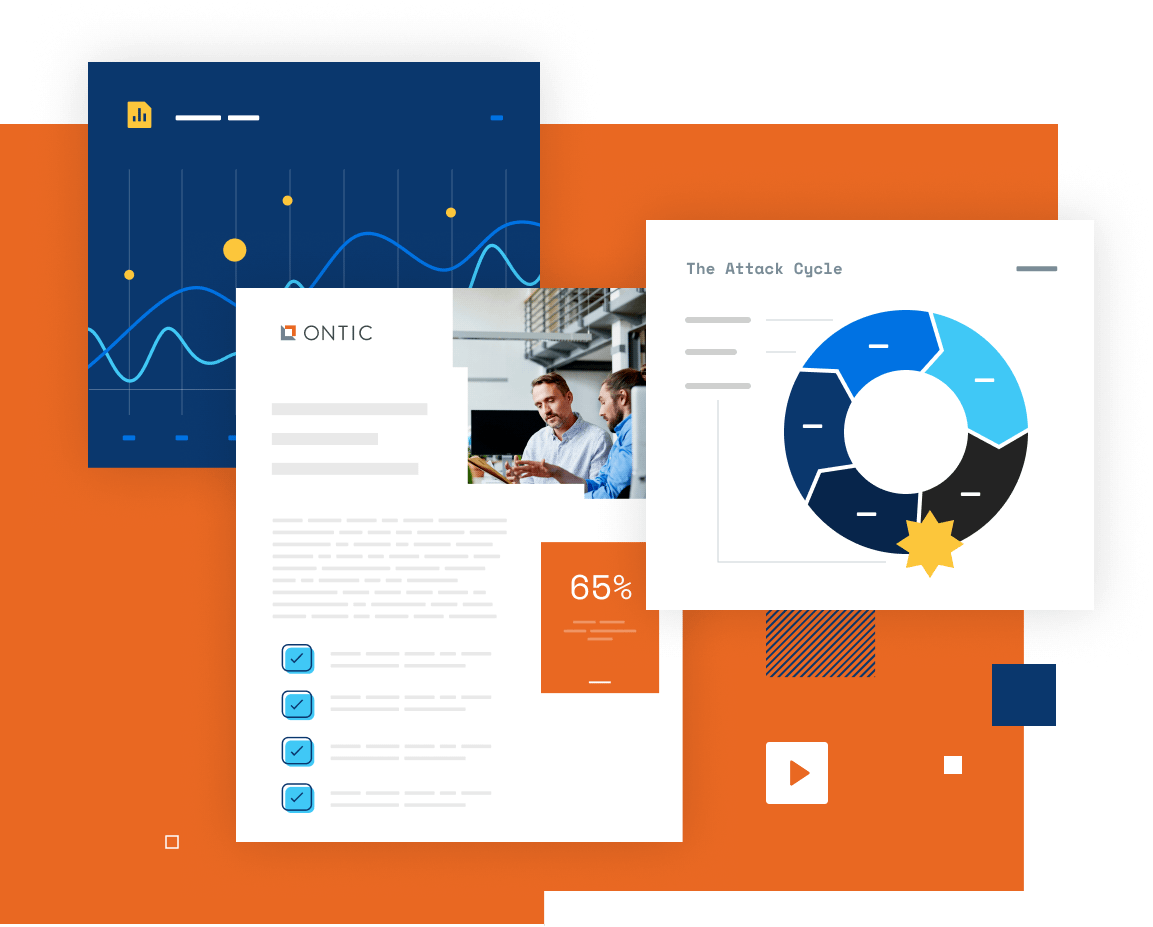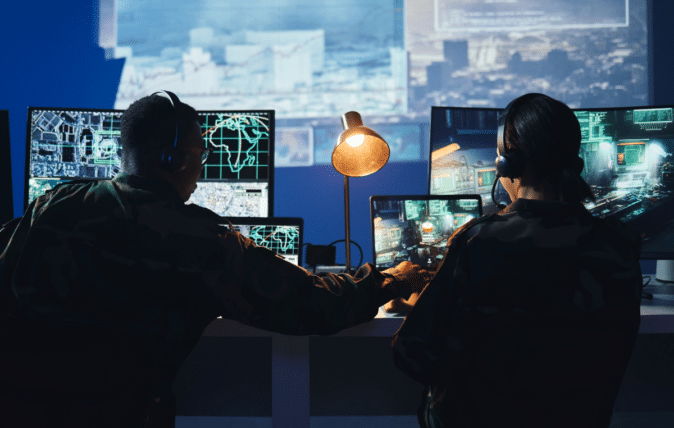How to Elevate Your GSOC’s Impact in a World of Rising Threats
Keep your organization safe and drive real business impact with better situational awareness, threat monitoring, and communication

As a student of protection history and former counter-terrorism special agent who investigated countless embassy bombings, kidnappings, hijackings, and assassinations, I know all too well that the threat landscape has always been dynamic. It ebbs and flows, primarily driven by surprise, terrorism, wars, and acts of lone gunmen.
Due to the dynamic geopolitical and domestic threat landscape, GSOCs have become the “center of gravity” for security and business operations — from supply-chain disruptions to the safety and welfare of employees worldwide. The evolution of GSOCs, like most major changes in the security industry, transitioned from the public sector to the private sector.
Let’s look at some examples:
- In the 1970s and 1980s, terrorism driven by aircraft and cruise ship hijackings, facility seizures, kidnappings of diplomats and executives, bombings of embassies and Western companies, and assassinations created international security managers and executive protection teams.
- The protective intelligence model was born out of the political assassinations of President John F. Kennedy, Martin Luther King, and Senator Robert F. Kennedy.
- The shooter in the tower at the University of Texas in Austin drove the creation of campus police and SWAT teams
- The massacre at the Olympics in Munich demonstrated the need for special event management, hostage rescue teams, and proactive intelligence.
- Between 1968 and 1972, the Weather Underground’s domestic bombing campaign of the State Department, U.S. Capitol, the Pentagon, college campuses, and corporate headquarters drove the need for corporate security officers and better physical security hardware (“guns, guards and gates”).
- Columbine changed the standard active shooter response forever.
Today is no different. In our current heightened global threat environment and pending presidential election, GSOCs have become crucial for global security departments, employee safety, and business continuity. As a leader or member of a GSOC team, here are three areas where you can make the biggest impact on your organization’s safety and security as GSOCs become essential components of successful business operations:
1. Situational awareness
Your role involves protecting organizational assets with effective situational awareness. You are tasked with identifying the events that can adversely impact employees, facilities, supply chains, and brand reputation. But of course, this is easier said than done. Today, the threats facing organizations are more formidable than ever, including:
- Extreme weather events like tropical cyclones, earthquakes, tornadoes, and wildfires
- Armed conflicts in areas such as Ukraine and the Middle East
- Violent and disruptive protests reacting to global events
- US election unrest, including assassination attempts on presidential candidates and potential protests following election day
Staying ahead of these potential security events is difficult without advanced analytical tools that go beyond basic incident reporting. By accessing systems that deliver comprehensive contextual information — such as threat proximity to essential assets, severity of threats, and potential operational impacts — you can quickly and accurately determine threat levels.
With enhanced situational awareness, you can better anticipate and manage security risks — empowering you to take a much more proactive approach to protecting your people and assets rather than simply reacting to incidents after they occur.
2. Threat monitoring
Once potential threats are identified, it’s crucial to actively monitor them to mitigate your organization’s risk. A proactive approach enables quick responses to changing threat dynamics. Again, this is not an easy or simple task. Access to the right technology platforms, including real-time data feeds and alert systems, can significantly improve your ability to understand and react to evolving situations.
Effective threat assessment also requires standard operating procedures (SOPs) that define the steps your team must take in response to a threat. In addition to simply documenting SOPs, it’s important to implement regular training so that your team is comfortable and familiar with them, as threats can escalate rapidly. Your team’s ability to act decisively in alignment with established protocols is essential for reducing risk and maintaining operational continuity during crises.
3. Communications
One of the most fundamental components of risk mitigation is timely communication with the individuals impacted by the threat. Any communication you send must convey crucial details of the threat and offer clear instructions on how individuals can stay safe. Speed is also important — not just in crafting the message but also in delivering it to recipients. This requires a well-coordinated process where information is gathered and disseminated with precision, ensuring that everyone who needs to know is informed as quickly as possible.
Additionally, the effectiveness of your communications hinges on reaching recipients on the channels that will maximize engagement and reach — whether it’s a text message, an email, or a direct message through platforms like Slack, Microsoft Teams, or WhatsApp. Equally important is facilitating two-way communication, allowing for feedback and questions that can help address concerns in real time.
By staying laser-focused on what is vital for your business and personnel, you can tailor these communications closely to their needs. This proactive approach enhances safety and readiness and strengthens trust and confidence in your team’s ability to protect and inform.
As both global and domestic events continue to create drive for corporate security teams, GSOCs have become crucial for enterprise organizations. As a GSOC member or leader, you play a vital role in managing and analyzing information to provide comprehensive security oversight. By synthesizing data from various sources, you help proactively identify and mitigate risks, enhance situational awareness, and streamline decision-making. As global security challenges grow, your contribution only becomes more essential in modern corporate security strategies.









